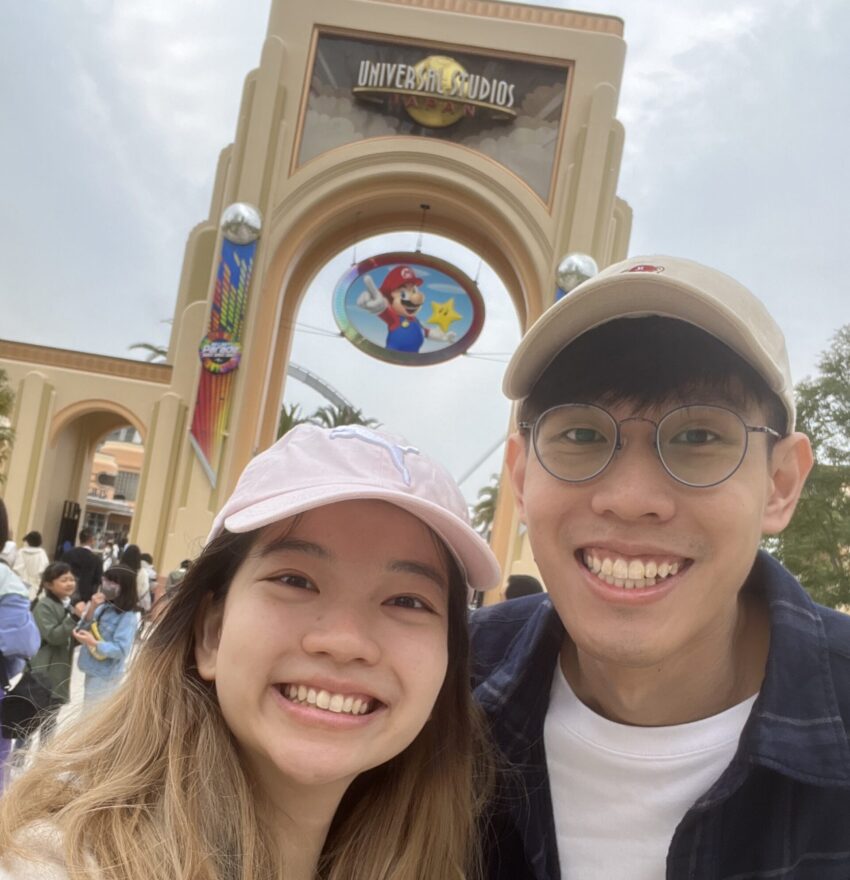This post is part of my Holiday Price Tag series, where I share the nitty-gritty of my holiday spending, giving you a transparent look at what different trips actually cost me.
If you’re curious about other destinations, don’t miss these posts:
- Cost of a surf & bike trip in Yilan, Taichung & Taipei in Taiwan
- Cost of my Indonesia dive trip at Gili Trawangan & Bali
- Cost of my multi-pitch rock climbing trip in Longdong, Taiwan
2nd overseas trip together as a couple! The only person more excited than me is Mr HW as Japan is the land of his Gundams.
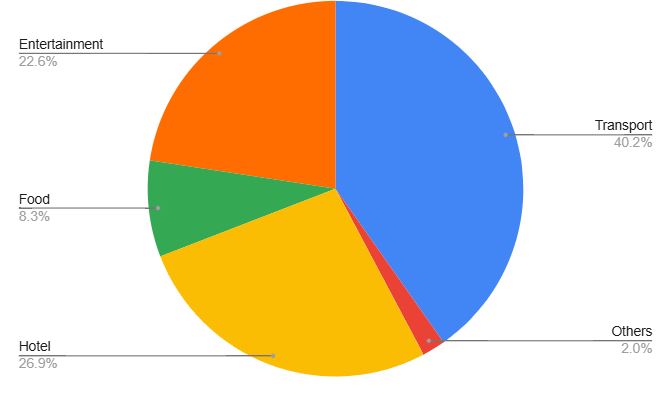
I spent a total of SG$2,653 for my share of the trip from 3 – 15 April 2023. Here’s a quick breakdown of my expenses in Kyoto, Osaka, and Tokyo in Japan.
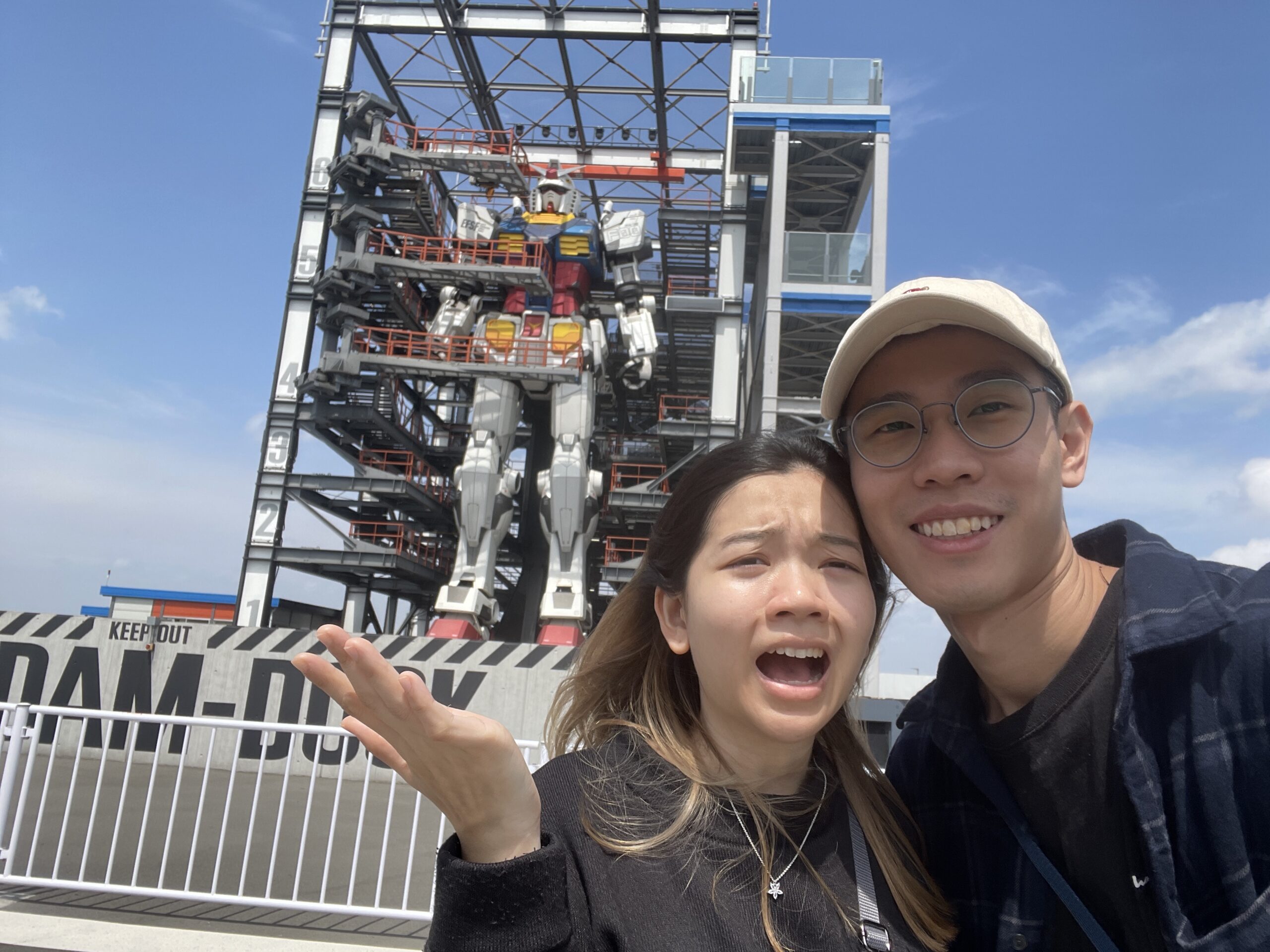
Transport (40% of expenses)
Getting to and around Japan, was our single largest expenditure, accounting for a hefty 40% of our total budget. Once you factor in flights, high-speed rail, and daily commutes, the numbers really add up!
For each of us, transport costs amounted to approximately SG$1,042. The lion’s share of this, by far, was our Scoot flight to and from Japan, which cost each of us SG$747. We piad a bit more for our tickets as it was quite a last-minute booking which we did in January 2023. We chose to fly in to Kansai International Airport (Osaka) as it’s cheaper and then fly out via Narita International Airport in Tokyo.
Beyond the initial flight, inter-city travel like the Shinkansen (bullet train) was another significant cost. Daily commutes within cities using ICOCA cards, metro passes, and JR tickets for various lines also contributed to the expenses. While these individual rides might seem small, they accumulate quickly over a multi-city itinerary.
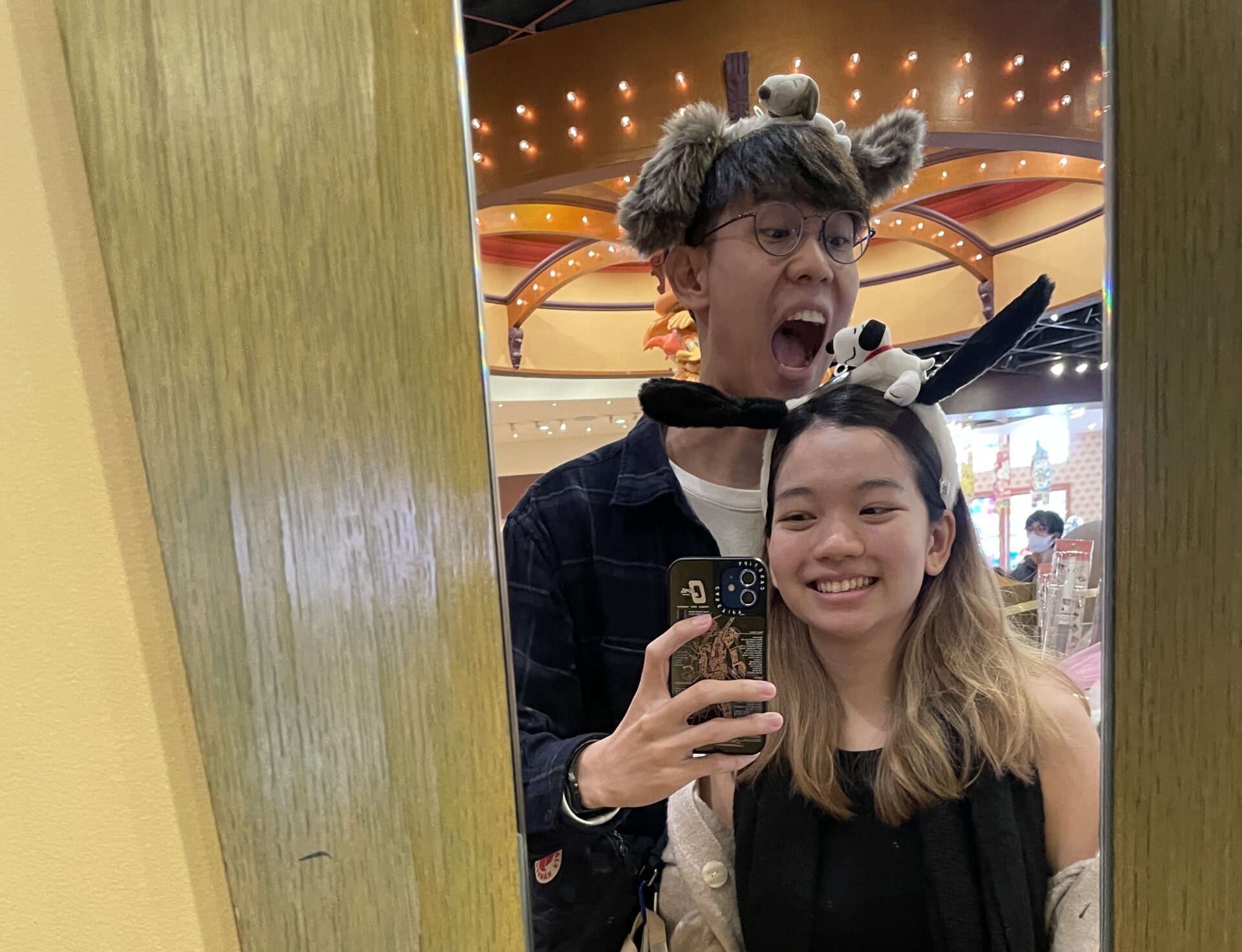
Hotels (27% of expenses)
Our second-largest expense category was accommodation, making up 27% of our overall trip cost. Finding cheap yet well-located places to stay was a priority for us, especially since we had a short time in Japan and wanted to make the most out of each day.
The average hotel cost per person came in at approximately SG$724. The most substantial portion of our accommodation budget went towards our 4-night stay in Kyoto, costing each of us SG$277. Not surprising as we spent the most time (almost half of our trip) in Kyoto.
A common knowledge, but I still wish to highlight is that Osaka hotels are significantly cheaper and bigger than Kyoto and Tokyo hotels!
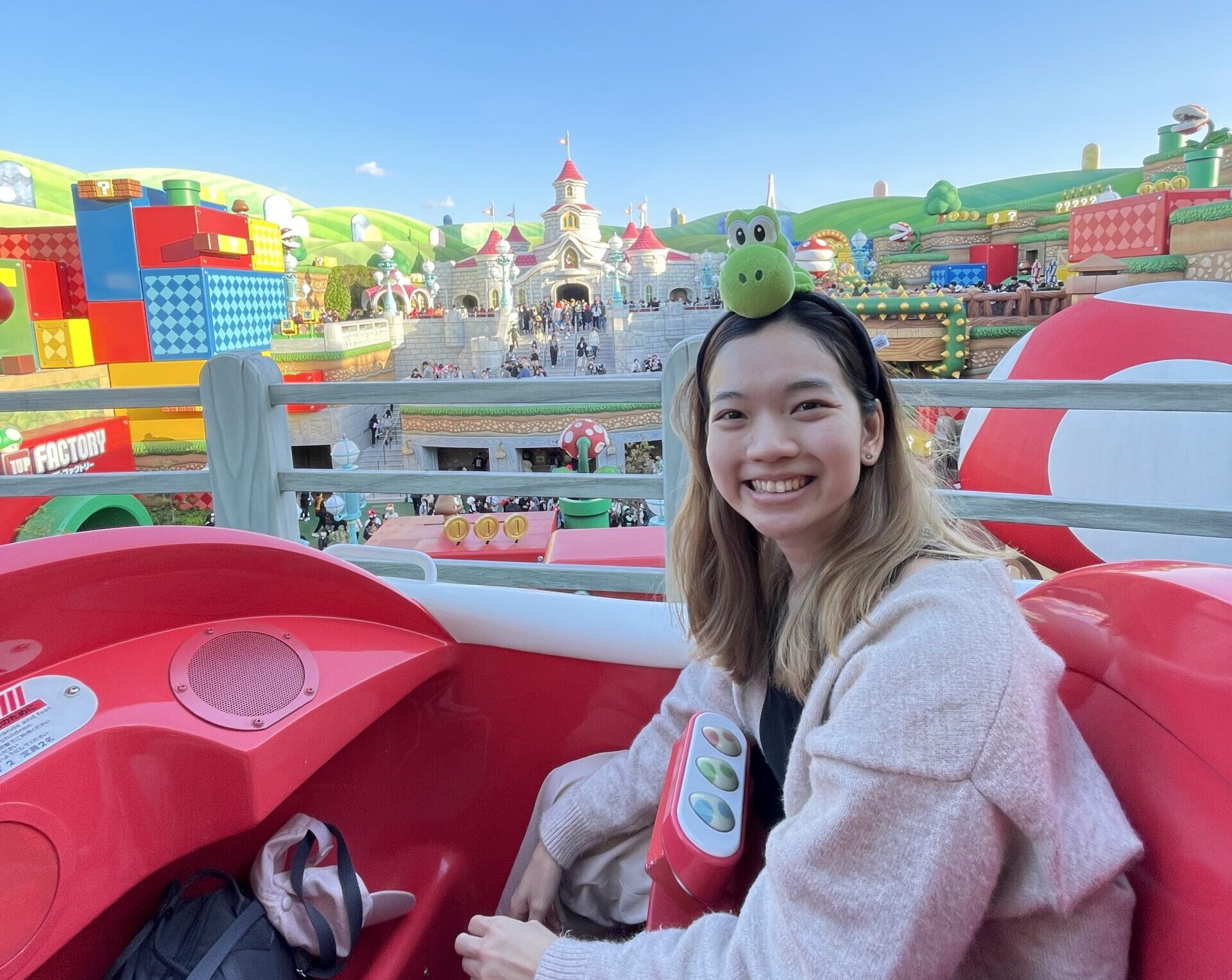
Entertainment (23% of expenses)
Japan offers an incredible array of experiences, and we certainly indulged! Entertainment, including attractions, activities, and souvenirs, comprised 23% of our expenses.
On average, our entertainment spend was about SG$531 per person. The biggest single expenditure in this category for each of us was the Express Passes for Universal Studios Japan (USJ), costing SG$169. This was quite steep and is actually double the price of the USJ pass (SG$80) itself.
The fast passes, while a splurge, significantly enhanced our theme park experience by allowing us to skip long queues. I highly recommend it, especially if you’re travelling on a tight itinerary. We also had a guaranteed entry to Nintendo World.
Beyond major attractions like USJ and TeamLabs (SG$32.30), this category also includes fun finds like Gachapon toys (my love for Mofusand originated from this trip), unique cafe experiences (like Mipig Cafe!), various temple entry fees, and souvenirs for our family and friends.
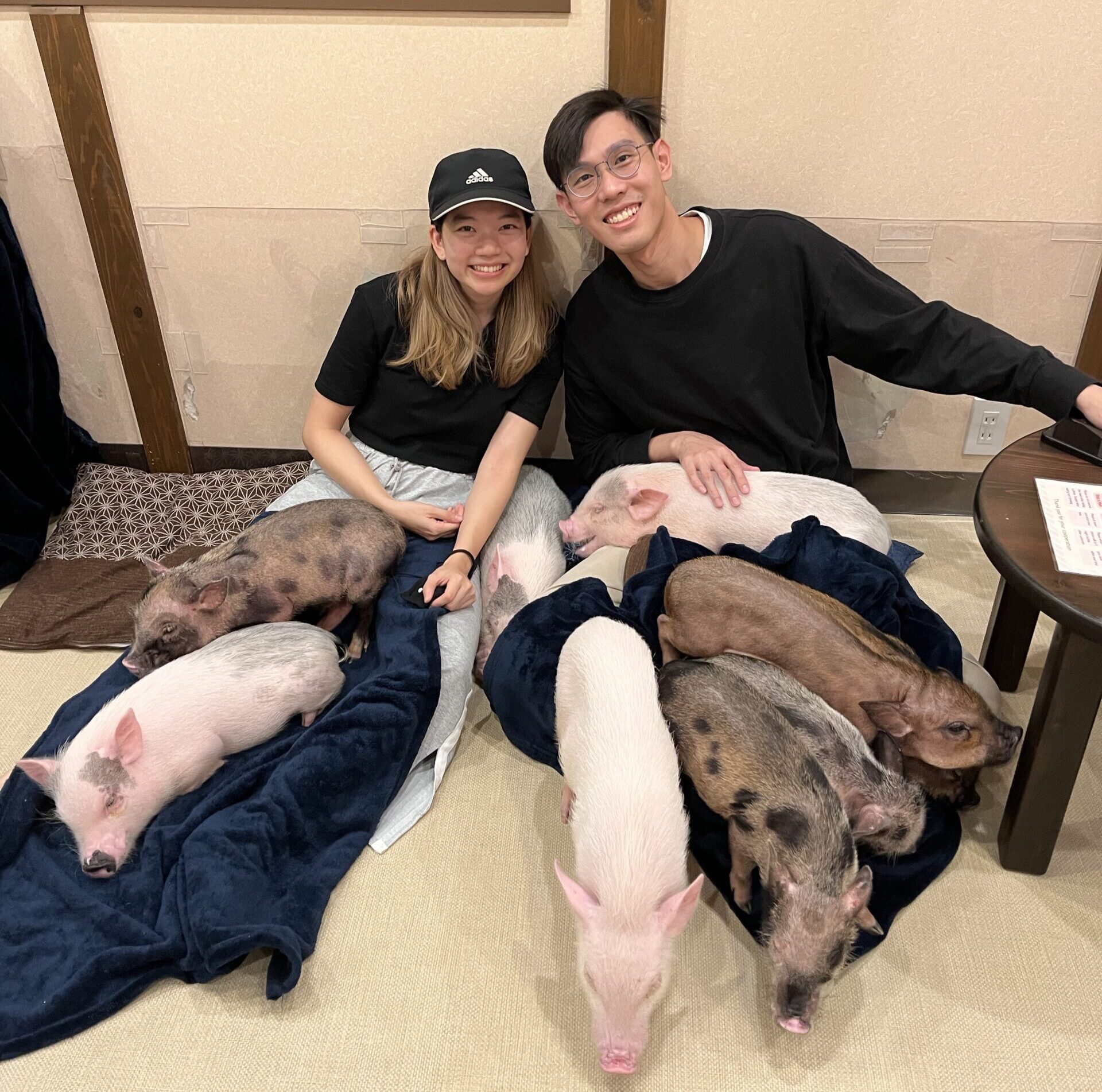
Food (8% of expenses)
Surprisingly (or not surprisingly), food was our fourth and last category, making up 8% of our total budget. Our food expenses averaged around SG$217.80 per person.
The most expensive individual meal for each of us was at Sushisae, costing SG$16.71. It’s definitely a worthy splurge (if you can even call it a splurge). For the price you pay for sushi in Singapore, we enjoyed fresher and better sushi prepped by the Japanese chefs. The atmosphere was really amazing as well! Besides sushi, we also experiencing local favourites across different cities like Ichiran ramen, Okonomiyaki, and different types of street food.
Of course, our daily food choices often leaned towards more budget-friendly options. We certainly took advantage of Japan’s fantastic convenience stores (konbini) for quick and affordable meals like onigiri, bento boxes, and delicious snacks. Don’t underestimate the power of Japanese convenience stores like 7-Eleven, FamilyMart, and Lawson!
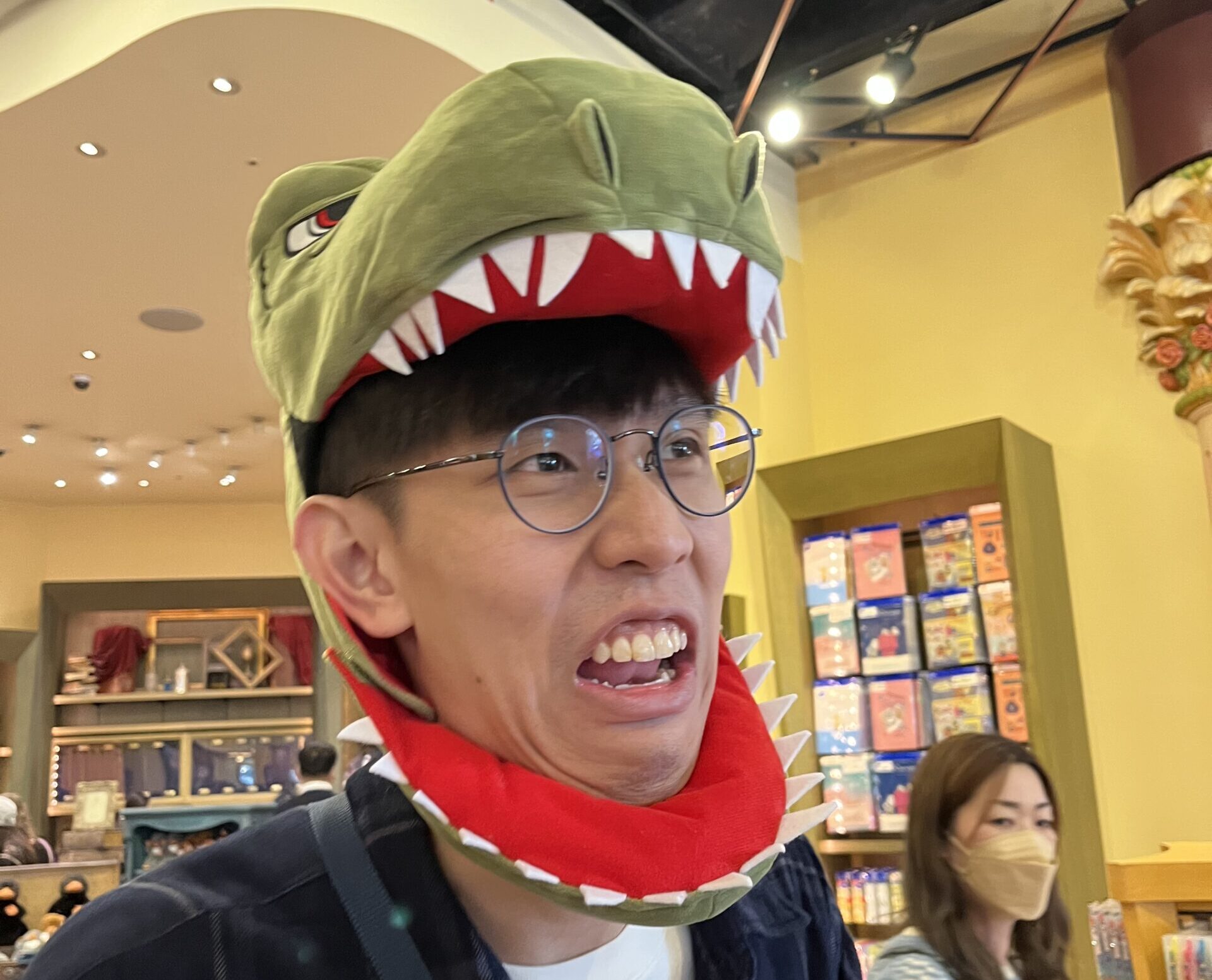
4 reflections for our Japan holiday trip
Here’s what we learnt on our second holiday trip as a couple.
Reflection #1: Book early
Book at least 2 months in advance for everything (and I mean EVERYTHING). Japan is so popular not just among Singaporeans, but our Asian neighbours like the Chinese, Koreans, and Indonesians. Hotels and entertainment (e.g., USJ, boat rides, etc.) are so easily booked out, especially during peak seasons (cherry blossom, autumn foliage, and national holidays). Even popular restaurants can have long waitlists or require reservations far in advance. Don’t underestimate the demand!
In fact, we went right during peak cherry blossom season. Unluckily for us, the cherry blossoms bloomed one week before we landed. There were still remnants of their beauty but we saw more people than flowers.
Reflection #2: Avoid the popular neighbourhoods
For future trips to Kyoto, we’d probably stay near Nishiki Market, which is cheaper and offers better access to public transport and attractions, minimising travel time and maximising exploration.
We made a mistake opting to stay at Framboise KYOTO Hotel de charme. While the hotel is great and matches our budget, it is almost a 20-minute walk to the nearest train station. It’s been a while since we booked it, so I forgot if we decided on the hotel based on its cheap price or if it was the best one we could get at that point in time.
As for Tokyo, we stayed in the Shinjuku neighbourhood. In hindsight, we’d probably stay in Akihabara in the future for cheaper accommodation prices.
Reflection #3: Consider day passes
If you’re simply exploring within a major city like Tokyo, it may be more cost-effective to purchase a day pass (e.g., Tokyo Metro 24/48/72-hour Ticket) if you plan on using public transport extensively within that period.
While Suica and Pasmo cards are incredibly convenient for general use across different regions and even for purchases at convenience stores and vending machines, their “pay-as-you-go” nature can add up quickly for frequent, short-distance trips within a specific day.
Do a quick calculation based on your planned itinerary to see which option saves you more.
Reflection #4: Head out to the countryside
No hate, but Tokyo is rather boring for us. While it offers an incredible array of experiences, its urban sprawl might not appeal to everyone. For our future trips to Japan, we’d probably venture beyond the capital and the usual cities for other unique regional flavours.
Cheers,
Valery
